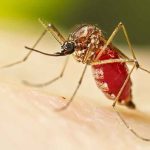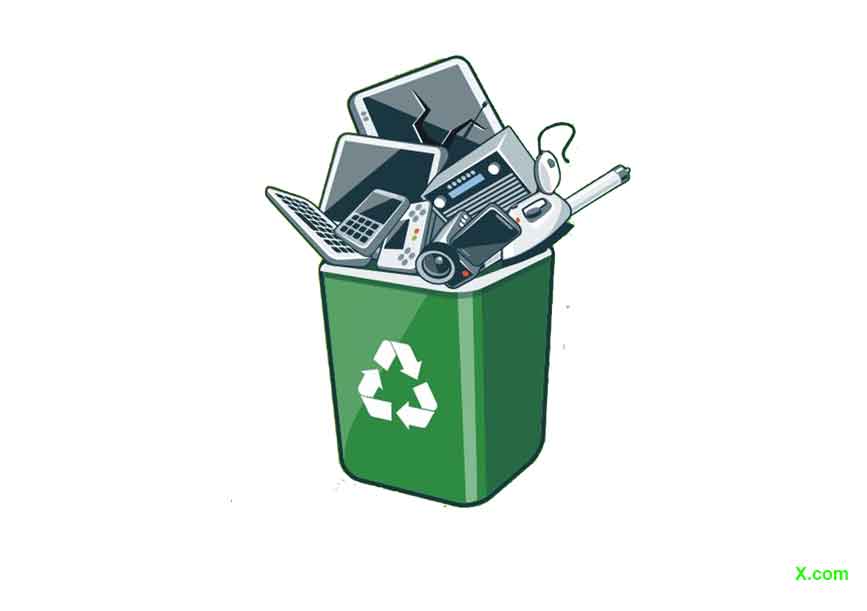N. Munal Meitei
Environmentalist, email- nmunall@yahoo.in

Water scarcity leads to every global problems right from food shortages, economies, international peace and even civil unrest. Almost 50%, i.e. around 4 billion people – live under highly water-stressed conditions for at least one month of the year and at the current rate, nearly two-thirds of the world could face water scarcity by 2025. By 2050, an additional 1 billion people are expected to live with extremely high water stress, even if the world limits global temperature rise to 1.3°C to 2.4°C by 2100.
World Water Day is celebrated on 22nd March every year since 1993. The theme for 2024 is “Leveraging Water for Peace” that always escalate for peace and civil unrest. As global inequality worsens, more people will be unable to afford clean drinking water. Ultimately, what we need is to have an international define right to water of each country and this is necessary to prevent conflicts and water war.
Water is life, sanitation and hygiene are dignity. Water is constant on Earth. All organisms contain water and depend for survival. Water is nature’s most precious gifts. Water is central to growing crops and raising livestock, producing electricity, maintaining human health, fostering equitable societies and meeting the world’s climate goals. Without better water management, population growth, economic development and climate change are poised to worsen water stress.
Having free access to freshwater is the basic human right. Water has the power to unlock human resources. But the problem faced is its scarcity due to injudicious use. Water stress, the ratio of water demand to renewable supply, measures the competition over local water resources. A country facing “extreme water stress” means it is using at least 80% of its available supply, “high water stress” means it is withdrawing 40% of its supply. Without intervention, such as investment in water infrastructure and better water governance – water stress will continue to get worse, particularly in places with rapidly growing populations and economies. Living in this level of water stress, jeopardizes people’s lives, jobs, food and energy security.
Water covers 71% of the Earth’s surface. 96.5% of the planet’s water is saline and 3.5% are fresh water. Out of it, 1.7% in groundwater, 1.7% in glaciers and ice caps. Only 0.1% of the Earth’s water is available with us. Out of this palatable water, maximum are again in the lakes and rivers. Hence only a little fraction of water is available for our use.
Global water demand is projected to increase by 20% to 25% by 2050, while the number of watersheds facing high year-to-year variability, or less predictable water supplies, is expected to increase by 19%. That’s a problem not just for consumers and water-reliant industries, but for political stability.
Increasing water stress threatens countries’ economic growth as well as the world’s food security. Already 60% of the world’s irrigated agriculture faces extremely high water stress – particularly rice, sugarcane, wheat and maize. Yet to feed a projected 10 billion people by 2050, the world will need to produce 56% more food calories than it did in 2010 – all while dealing with increasing water stress as well as climate – driven disasters like droughts and floods.
The human body contains about 70% water. To keep us healthy, we requires about 3% of our body weight which is about 3 liters of water daily. Water is necessary for the digestion and absorption of food; helps maintain proper muscle tone; supplies oxygen and nutrients to the cells; rids the body of wastes; and serves as a natural air conditioning system.
Climate change is expected to severely alter the quantity, quality and spatial distribution of global water resources. Warmer temperatures increase evaporation, change the moisture holding capacity in the air and alter rainfall patterns. Water bodies or wetlands are among the world’s most productive ecosystems. In short, water keeps our planet alive.
Water is now an acute crisis in all over the country. The fact that India represents about 21% of global population, but possesses only 4% of the world’s freshwater puts it in 13th most water-stressed country. In the country, water shortages can lead to industrial interruptions, energy outages and agricultural production losses – like those already being seen, where a lack of water to cool thermal power-plants between 2017 and 2021 resulted in 8.2 terawatt-hours in lost energy – or enough electricity to power 1.5 million Indian households for five years.
India will have a water deficit of 52% by 2030 as per a report from Asian Development Bank. Increasing in population and reducing in rainfall and other water resources are the main cause for the crisis. Failing to implement better water management policies could result in GDP losses in the country from 7% to 12% by 2050 according to the Global Commission on Adaptation.
In Manipur, now we are facing with acute water scarcity. To save the state’s water crisis, we need to save and conserve our forests, springs, watersheds and wetlands. Our state does not have a long term water plans like big dams and other water storage facilities for any eventualities. Unluckily, all of our rivers are rain fed, there is no snow fed river in our state and hence when there is scanty rainfall, then we face the drought. Many people in the state mainly in the hills could be displaced by the intense water scarcity by 2030.
Most of our water sources have been dried up due to lack of vegetation in the upper reaches. Therefore, felling of trees in the catchments should immediately be stopped. As an impact of climate change, the state is facing with scanty rainfall. Now we need to spread awareness program about the water conservation techniques. Every new houses should compulsorily have the facility for rain water harvesting. The authority should install for more water treatment facilities in all localities from all sources. Promoting ideas for making the best use of existing water supplies should also be the core initiative. The state needs have a sewage water treatment plant which can save about 200 million litre water annually from the unnecessary waste.
Therefore, on coming of World Water Day, 2024, we need to take care of our water today to save us from a dreaded water crisis that cannot be solved forever.













